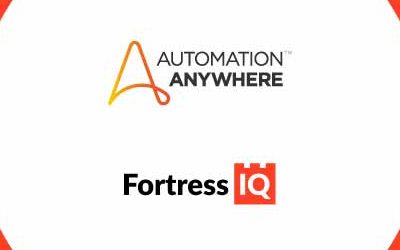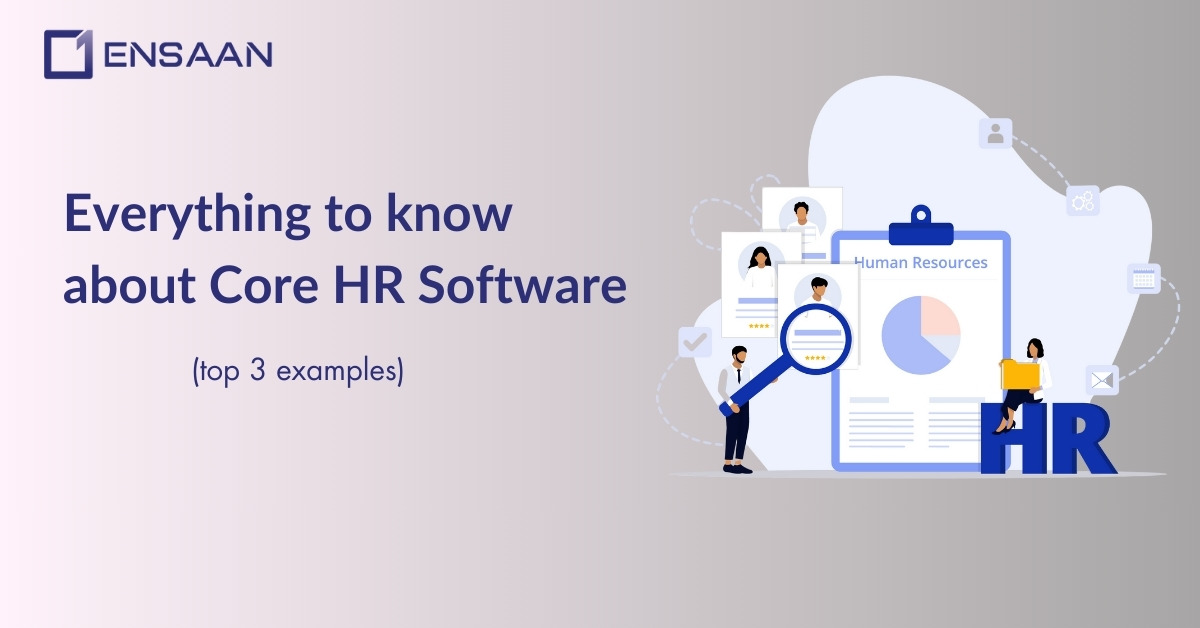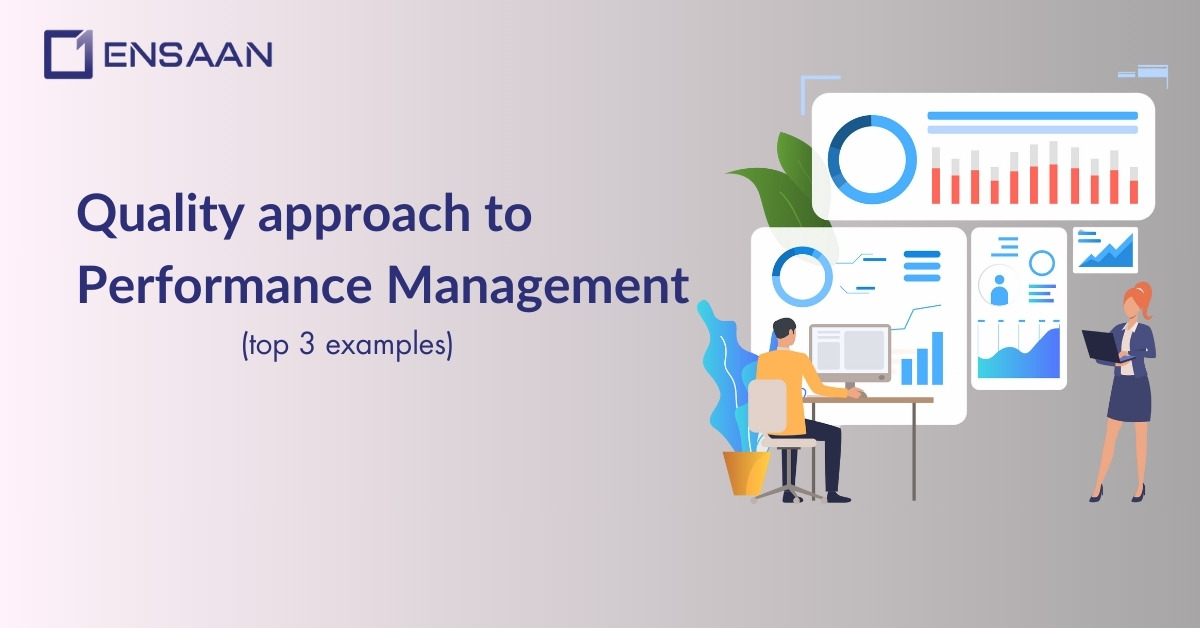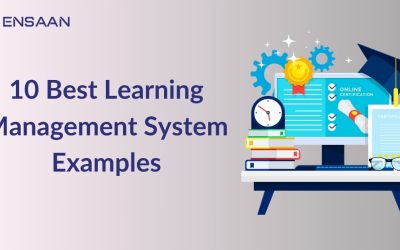In today’s competitive business landscape, the success of any organization relies heavily on its employees. Recognizing their hard work and achievements is not only a morale booster but also a powerful tool to drive productivity and create a positive work culture. This is where a rewards and recognition platform can make all the difference.
[Brand Voice] At [Brand Name], we understand the importance of employee recognition and the impact it can have on your workplace. Our innovative rewards and recognition platform is designed to revolutionize the way you appreciate and motivate your employees.
By utilizing cutting-edge technology and a user-friendly interface, our platform allows you to easily recognize and reward your employees for their exceptional work. From personalized messages to custom rewards, we provide a comprehensive solution that keeps your workforce engaged and motivated.
Employee recognition is not just about handing out rewards; it’s about building a culture of appreciation and creating a sense of belonging within your organization. With our platform, you can unlock the full potential of your team, boost employee morale, and foster a positive work environment.
Join the ranks of successful businesses that have already embraced the power of employee recognition. Discover how our rewards and recognition platform can transform your workplace today.
The importance of employee recognition in the workplace
Employee recognition goes beyond simply acknowledging good work; it is a fundamental part of creating a positive work culture and driving employee engagement. When employees feel appreciated and valued, they are more likely to be motivated, productive, and loyal to the organization.
Recognizing employees’ hard work and achievements not only boosts morale but also reinforces desired behaviors and fosters a sense of purpose and fulfillment. It creates a positive cycle where employees are motivated to perform at their best, leading to better business outcomes.
Additionally, employee recognition helps to create a positive work environment where individuals feel supported and encouraged to take risks, innovate, and contribute their best ideas. It builds a strong foundation for collaboration, teamwork, and overall employee satisfaction.
Implementing a rewards and recognition platform can take employee recognition to the next level by providing a structured and scalable approach. It allows organizations to streamline the recognition process, ensure consistency, and provide a platform where employees can be publicly appreciated and celebrated for their contributions.
—
Benefits of implementing a rewards and recognition platform
Implementing a rewards and recognition platform in your workplace brings numerous benefits that go beyond the traditional methods of employee recognition. Here are some key advantages:
### 1. Increased Employee Engagement and Motivation
A rewards and recognition platform provides a centralized system where employees can be recognized and rewarded for their exceptional work. This creates a sense of achievement, boosts morale, and motivates employees to continue performing at their best. By offering a variety of rewards and recognition options, the platform caters to individual preferences, ensuring a personalized and meaningful experience for every employee.
### 2. Improved Employee Retention and Loyalty
When employees feel valued and appreciated, they are more likely to stay with the organization for the long term. A rewards and recognition platform helps to create a positive work culture, fostering a sense of belonging and loyalty among employees. This reduces turnover rates, saving organizations time, money, and resources that would otherwise be spent on recruitment and training.
### 3. Enhanced Productivity and Performance
Recognizing and rewarding employees for their hard work and achievements has a direct impact on their productivity and performance. A rewards and recognition platform reinforces positive behaviors and encourages employees to go above and beyond in their roles. By providing a platform for public recognition, it also inspires healthy competition and encourages employees to strive for excellence.
### 4. Improved Collaboration and Teamwork
A rewards and recognition platform promotes collaboration and teamwork by providing a platform for employees to publicly appreciate their peers’ contributions. This fosters a culture of support, collaboration, and recognition of collective achievements. Employees feel valued not only by their managers but also by their colleagues, leading to stronger relationships and improved teamwork.
### 5. Enhanced Employer Branding
Implementing a rewards and recognition platform demonstrates that the organization values its employees and prioritizes their well-being and success. This positive employee experience translates into a strong employer brand, attracting top talent to the organization. Prospective employees are more likely to be attracted to organizations that prioritize employee recognition and have a positive work culture.
—
Key features and functionalities of a rewards and recognition platform
A rewards and recognition platform offers a range of features and functionalities designed to streamline the recognition process and create a seamless user experience. Here are some key features to look for when choosing a platform for your organization:
### 1. User-Friendly Interface
A user-friendly interface is essential for a rewards and recognition platform to ensure easy navigation and accessibility for all employees. The platform should have a clean and intuitive design, making it simple for users to recognize and reward their colleagues effortlessly.
### 2. Personalization Options
Personalization is crucial in making employee recognition meaningful and impactful. Look for a platform that allows users to personalize their messages and rewards to suit individual preferences. This ensures that recognition feels genuine and tailored to each employee’s unique contributions.
### 3. Multiple Recognition Types
A robust rewards and recognition platform should support various recognition types, including peer-to-peer recognition, manager-to-employee recognition, and company-wide recognition. This allows for a comprehensive approach to employee appreciation and caters to different levels of recognition within the organization.
### 4. Customizable Reward Options
The platform should offer a wide range of reward options to suit different employee preferences and budgets. From monetary incentives to non-monetary rewards like extra time off, personalized experiences, or professional development opportunities, the platform should provide flexibility in choosing rewards that align with employees’ interests and aspirations.
### 5. Analytics and Reporting
Analytics and reporting functionalities are essential for tracking the impact of the rewards and recognition program. Look for a platform that provides comprehensive analytics and reporting features, allowing you to measure the effectiveness of the program, identify trends, and make data-driven decisions to optimize employee recognition efforts.
—
How to choose the right rewards and recognition platform for your organization
Choosing the right rewards and recognition platform for your organization is a crucial decision that can significantly impact the success of your employee recognition program. Here are some key factors to consider when making your selection:
### 1. Assess Your Organization’s Needs
Before starting the selection process, it’s essential to assess your organization’s specific needs and goals. Consider factors such as the size of your workforce, the desired level of customization, budget constraints, and integration requirements with existing HR systems. This will help you narrow down the options and choose a platform that best aligns with your organization’s unique requirements.
### 2. Evaluate Ease of Use and User Experience
A rewards and recognition platform should be easy to use and intuitive for both administrators and employees. Evaluate the user experience by requesting demos or trial periods from potential vendors. Consider factors such as navigation, accessibility, and the overall look and feel of the platform. A user-friendly interface will ensure higher adoption rates and engagement among employees.
### 3. Consider Integration Capabilities
If you already have existing HR systems or employee engagement tools in place, consider the integration capabilities of the rewards and recognition platform. Seamless integration with other systems will streamline processes and ensure a more efficient employee recognition workflow. Look for platforms that offer APIs or pre-built integrations with popular HR systems.
### 4. Review Security and Privacy Features
Employee data security and privacy are of utmost importance. Ensure that the rewards and recognition platform you choose adheres to industry-standard security practices and complies with data protection regulations. Look for features such as data encryption, secure data storage, and user access controls to safeguard sensitive employee information.
### 5. Seek Vendor Support and Training
Implementing a rewards and recognition platform involves a learning curve for both administrators and employees. Evaluate the level of support and training provided by the vendor. Look for vendors that offer comprehensive onboarding, training materials, and ongoing support to ensure a smooth implementation and maximum utilization of the platform.
—
Steps to implementing a rewards and recognition program
Implementing a rewards and recognition program requires careful planning and execution. Here are the key steps involved in implementing a successful program:
### 1. Define Program Objectives and Scope
Start by clearly defining the objectives and scope of your rewards and recognition program. Identify what behaviors or achievements you want to recognize and how the program aligns with your organization’s overall goals and values. This will provide a clear direction for the program and ensure its effectiveness.
### 2. Set Clear Criteria for Recognition
Establish clear criteria for recognition to ensure consistency and fairness. Determine the specific behaviors, achievements, or milestones that are eligible for recognition. Communicate these criteria to employees to set clear expectations and avoid confusion.
### 3. Choose the Right Rewards and Recognition Platform
Select a rewards and recognition platform that aligns with your organization’s needs and goals. Consider factors such as customization options, scalability, and integration capabilities. Ensure that the platform offers the necessary features to support your recognition program effectively.
### 4. Communicate the Program to Employees
Effective communication is crucial to the success of any recognition program. Clearly communicate the program’s objectives, criteria, and benefits to all employees. Use various communication channels, such as company-wide emails, intranet announcements, or team meetings, to ensure that employees are aware of the program and understand how it works.
### 5. Train Employees and Administrators
Provide comprehensive training to both employees and administrators on how to use the rewards and recognition platform effectively. Offer training sessions, tutorials, or user guides to ensure that everyone understands how to navigate the platform, submit recognition, and redeem rewards. This will maximize engagement and utilization of the program.
### 6. Encourage Regular Recognition
Encourage regular recognition by promoting a culture of appreciation within your organization. Encourage managers and employees to recognize their colleagues for their achievements and contributions. Provide reminders and incentives to ensure that recognition becomes a regular practice and not just a one-time event.
### 7. Measure and Evaluate Program Success
Regularly measure and evaluate the success of your rewards and recognition program. Use the analytics and reporting features of your chosen platform to monitor program usage, engagement levels, and the impact on employee morale and performance. Use this data to make informed decisions and continuously improve the program.
—
Best practices for maximizing the impact of a rewards and recognition platform
To maximize the impact of your rewards and recognition platform, consider implementing the following best practices:
### 1. Foster a Culture of Appreciation
Set the tone from the top by fostering a culture of appreciation and recognition within your organization. Encourage managers and leaders to lead by example and regularly recognize their team members. Make recognition a part of your company’s values and ensure that it is a consistent practice at all levels.
### 2. Encourage Peer-to-Peer Recognition
Encourage peer-to-peer recognition by providing the opportunity for employees to recognize their colleagues. Peer recognition fosters a sense of camaraderie and builds positive relationships within teams. Consider implementing features in your rewards and recognition platform that facilitate easy peer recognition, such as social recognition feeds or nomination programs.
### 3. Make Recognition Public and Visible
Publicly recognize and celebrate employees’ achievements to make recognition more impactful. Use your rewards and recognition platform to showcase employee accomplishments, such as through a recognition wall or leaderboard. This not only enhances the visibility of recognition but also inspires healthy competition and motivates others to strive for excellence.
### 4. Offer a Variety of Rewards
Provide a wide range of rewards to cater to different employee preferences and interests. Monetary rewards are not the only option; consider offering non-monetary rewards such as extra time off, flexible work arrangements, or professional development opportunities. Tailor the reward options to suit the diverse needs and aspirations of your workforce.
### 5. Regularly Review and Update the Program
Regularly review and update your rewards and recognition program to keep it fresh and relevant. Seek feedback from employees and administrators to identify areas for improvement. Consider adding new features, rewards, or recognition types based on employee preferences and emerging trends in employee recognition.
—
Case studies: Successful implementation of rewards and recognition platforms in different industries
The implementation of rewards and recognition platforms has proven successful in various industries, demonstrating the positive impact they can have on employee engagement and workplace culture. Here are some case studies showcasing the successful implementation of rewards and recognition platforms:
### 1. Company A: Technology Industry
Company A, a leading technology company, implemented a rewards and recognition platform to enhance employee engagement and retention. By providing a user-friendly platform that allowed employees to recognize their peers and managers, the company saw a significant increase in employee satisfaction and motivation. As a result, turnover rates decreased, and productivity levels soared, leading to improved business outcomes.
### 2. Company B: Retail Industry
Company B, a retail giant, implemented a rewards and recognition platform to create a culture of appreciation and recognition among its geographically dispersed workforce. The platform allowed employees to send personalized recognition messages and redeem rewards of their choice. This led to a significant improvement in employee morale, teamwork, and overall customer satisfaction. The platform also served as a valuable tool for the company to reinforce its brand values and promote a positive employer brand.
### 3. Company C: Healthcare Industry
Company C, a healthcare organization, implemented a rewards and recognition platform to address high turnover rates and low employee morale. The platform provided a centralized system for employees to recognize and appreciate their colleagues’ contributions. As a result, employee morale improved, turnover rates decreased, and patient satisfaction scores increased. The platform also facilitated knowledge sharing and collaboration among healthcare professionals, leading to improved patient outcomes.
—
Measuring the success and ROI of a rewards and recognition program
Measuring the success and return on investment (ROI) of your rewards and recognition program is essential to understand its impact and make data-driven decisions. Here are some key metrics to consider when evaluating the success of your program:
### 1. Program Engagement
Measure the level of engagement with your rewards and recognition program. Track metrics such as the number of recognition submissions, the frequency of recognition, and the number of employees actively participating in the program. Higher engagement levels indicate a successful program and a positive impact on employee motivation and satisfaction.
### 2. Employee Satisfaction and Retention
Measure employee satisfaction and retention rates before and after implementing the rewards and recognition program. Conduct surveys or collect feedback to gauge employee perceptions of the program and its impact on their overall job satisfaction. Monitor turnover rates to assess the program’s effectiveness in improving employee retention.
### 3. Performance and Productivity
Evaluate the impact of the rewards and recognition program on employee performance and productivity. Compare key performance indicators (KPIs
Common challenges and how to overcome them when implementing a rewards and recognition platform
In today’s competitive business landscape, the success of any organization relies heavily on its employees. Recognizing their hard work and achievements is not only a morale booster but also a powerful tool to drive productivity and create a positive work culture. This is where a rewards and recognition platform can make all the difference.
[Brand Voice] At [Brand Name], we understand the importance of employee recognition and the impact it can have on your workplace. Our innovative rewards and recognition platform is designed to revolutionize the way you appreciate and motivate your employees.
By utilizing cutting-edge technology and a user-friendly interface, our platform allows you to easily recognize and reward your employees for their exceptional work. From personalized messages to custom rewards, we provide a comprehensive solution that keeps your workforce engaged and motivated.
Employee recognition is not just about handing out rewards; it’s about building a culture of appreciation and creating a sense of belonging within your organization. With our platform, you can unlock the full potential of your team, boost employee morale, and foster a positive work environment.
Join the ranks of successful businesses that have already embraced the power of employee recognition. Discover how our rewards and recognition platform can transform your workplace today.
Conclusion: The future of employee recognition and the role of rewards and recognition platforms in shaping workplace culture
Employee recognition programs are an investment in your workforce, and like any investment, it’s important to measure the returns. One of the key metrics to consider is employee engagement. Engaged employees are more likely to be productive, innovative, and committed to their organization’s goals. A rewards and recognition platform can help you gauge employee engagement through features like real-time feedback and performance tracking.
Another metric to consider is employee retention. A study conducted by Gallup found that organizations with high employee engagement have lower turnover rates. By implementing a rewards and recognition program, you can reduce attrition and retain your top talent. Additionally, a decrease in turnover leads to cost savings associated with recruiting, onboarding, and training new employees.
Furthermore, a rewards and recognition program can positively impact customer satisfaction. Engaged and appreciated employees are more likely to provide exceptional service, resulting in higher customer satisfaction levels. By recognizing and rewarding your employees for their efforts, you create a ripple effect that extends to your customers, ultimately contributing to the success of your business.
In conclusion, measuring the success and ROI of a rewards and recognition program involves evaluating employee engagement, retention, and customer satisfaction. By utilizing a rewards and recognition platform, you can gather valuable data to assess the impact of your program and make informed decisions to improve it.

















